Women and hair transplantation
More and more people are discovering the Ilter Clinic’s unique method for transplanting hair. We are proud that we can offer women a technique that achieves denser placement and faster healing while minimizing the risk for visible scarring. The FUE Ilter Method (FUE IM) is the most suitable treatment for women because it delivers the most natural and satisfying results.
Treatment areas for women
The most common treatments for women at the Ilter Clinic are reconstructing the front hairline, increasing density and hiding scarring from plastic surgery.
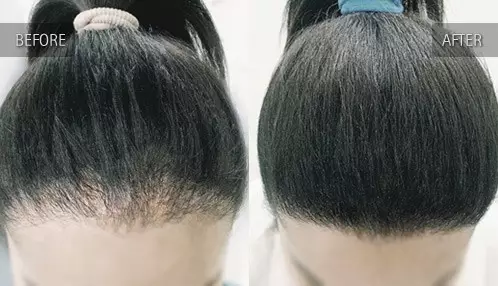
After a failed perm caused an allergic reaction and hair loss throughout the patient’s entire front hairline, her self-confidence fell apart. In a desperate attempt to save her fringe, she underwent two FUT/STRIP operations and a so-called “FUE procedure” at another clinic. The treatments gave her a more unnatural look than the original cause of the hair loss. She wanted to have the most natural and dense hairline possible. She also wanted to have a hairstyle other than a large fringe covering her affected area and the freedom to vary her hairstyles. She dreamed of being able to have wet hair at the beach without feeling embarrassed because of her hairline’s unnatural look.
MD Ilter: The patient’s hairline in the treated area was scarred and damaged because of the failed perm and the earlier operations. To repair the damage, we used 2,000 grafts over two FUE IM sessions to achieve her desired result. Two sessions were required because female patients often wish to keep their hair long to cover the donor area.
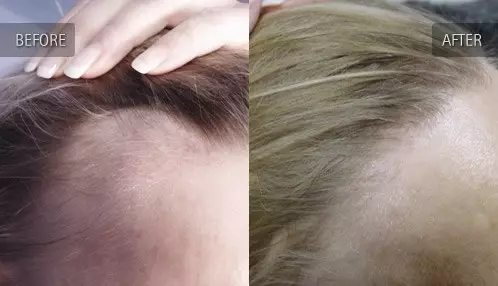
This female patient had a high brow and high temples. It had irritated her for the bigger part of her life and was it affecting her social life. She wanted a more feminine hairline, but didn’t want to rely on a scalpel and stitches.
MD Ilter: It is common in Scandinavia to see patients with thin, soft hair. By strategically placing 1,200 grafts, we utilized the patient’s thin follicle groups and positioned them at the right angle and in the right direction to give her a soft and more natural hairline.
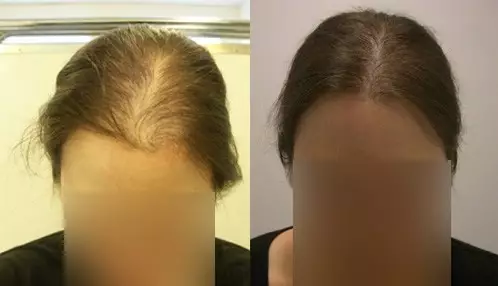
A female patient in her 30s was experiencing hereditary hair loss. The hair loss was affecting her ability to vary her looks and was having a negative effect on her social life. She wanted to change this trend and regain the hairstyle she once had.
MD Ilter: As always when we treat female patients, we never transplant more than 1,000 grafts per session so we can retain the hairstyle as much as possible. In this way, we can cover the donor area with existing hair. It is often enough with 1,000 grafts and a single treatment to achieve results that satisfy our female patients.
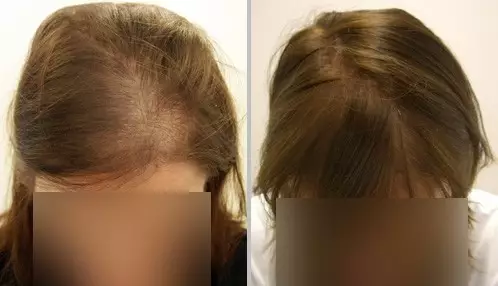
This female patient was suffering from hereditary hair loss. She felt terrible spending a great deal of time trying to hide her thinning areas. She dreamed of not having to put so much time and energy into her hair and being able to focus on something else instead. She wanted a balanced hairstyle that looked good and offered flexibility for variations.
MD Ilter: We used 1,000 transplanted grafts to fill in the patient’s thinning area. She regained a hairstyle that made her happy. Most of the forward-combed hairs are transplants.
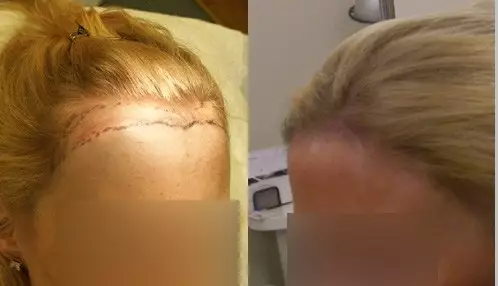
This female patient had a hereditary high fringe that she felt affected by for many years because she was not able to vary her hairstyles. She wanted a hairline that was more feminine and softer in appearance.
MD Ilter: We transplanted 2,000 grafts over two sessions to create an optimal hairline that pleased the patient.

